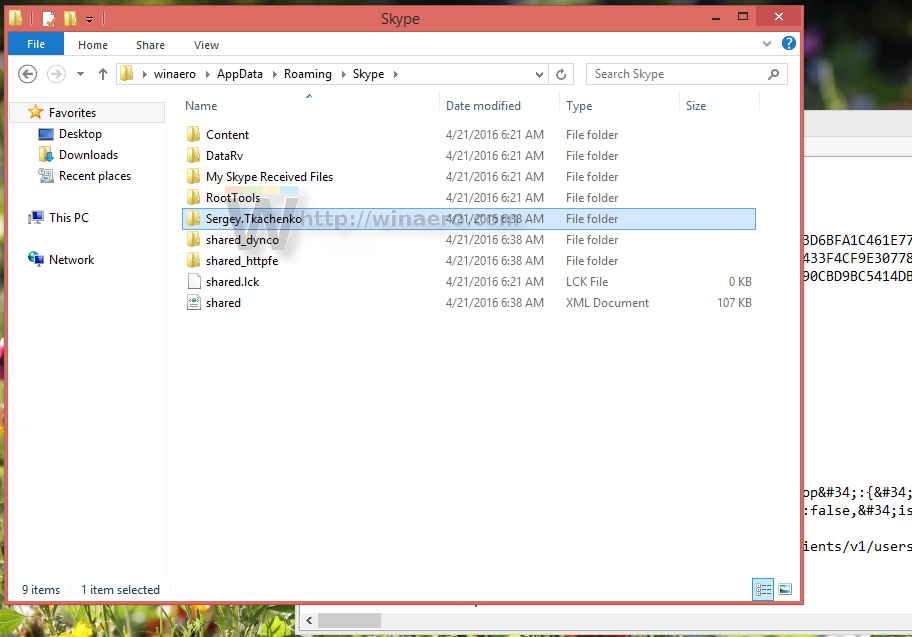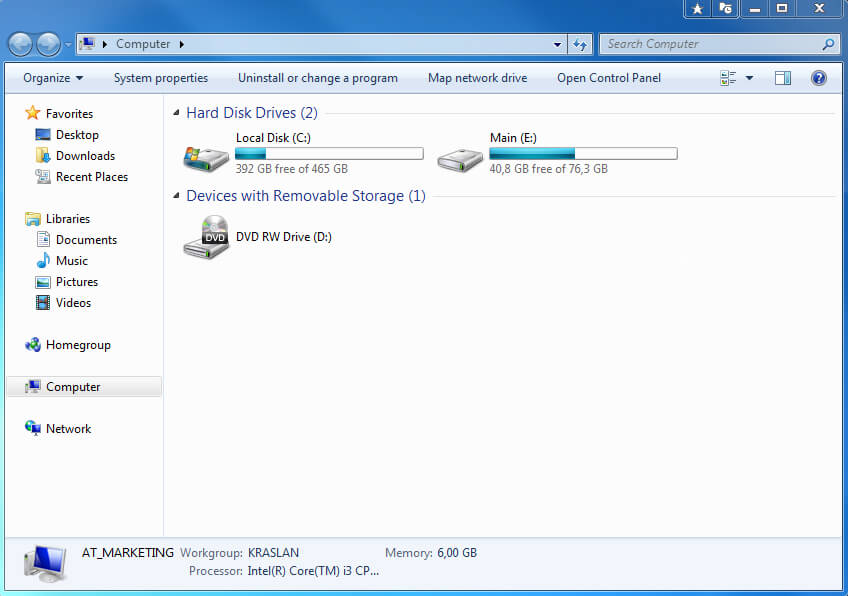

He said that the files in the cache were created when a user/Skype synced between devices and he wanted to know if there was a way to determine the sender and recipient of the files.Īt the end of this process you will be able to run a simple script that prompts you for the relevant file locations and that then creates the necessary queries such that you can run an installed report in the Forensic Browser for SQLite that looks as below and can be exported directly as a HTML report.

This particular investigation started off when Jimmy Weg from Montana DCI contacted me and asked if I knew anything about the Skype media cache. While this article is quite lengthy and a little technical it is important to realise that to use the Forensic Browser for SQLite (part of the Forensic Toolkit for SQLite) to examine the Skype media cache you don’t need to understand SQL, all you need to be able to do is to apply it, and this can be done in just a few short steps that will be summarised at the end.
#MY SKYPE RECEIVED FILES WINDOWS 7#
Note: This article was prepared after looking at a small test set of Skype installations on Windows 7 and 8 PCs, as such the details within may need to be revised at a later date when more information comes to light. when someone sends an image to us) and therefore potentially glean information re the remote users operating system. In certain cases, we will be able to see the original path on a remote users machine (i.e. From the information, if the sender is the owner of the machine we are investigating, we will be able to see if the image was sent from this machine or was sent from another device and synced with this machine. Alongside this, it will display the original image (if sent from the machine we are investigating) and will display the cached image.
#MY SKYPE RECEIVED FILES HOW TO#
This article deals with the SQLite tables that reference to these pictures, the locations of the pictures themselves and how to join the relevant tables, decode the data held in certain blob fields and create a report showing who sent what to whom including the pictorial evidence where possible.Īt the end of the article, I will have shown how the different tables fit together and will provide a Browser extension that will create the necessary tables and import the cached pictures you will be able to run a report that shows who sent an image and when.

Without going into the pros and cons of this, from a forensic point of view it is irrelevant anyway, the move has had the effect of introducing a new set of artefacts and in particular a new location for stored/cached image files (pictures).

Skype recently introduced cloud based operation and started moving away from peer-to-peer messaging with a view, to paraphrase Skype, of improving the service that we receive.


 0 kommentar(er)
0 kommentar(er)
